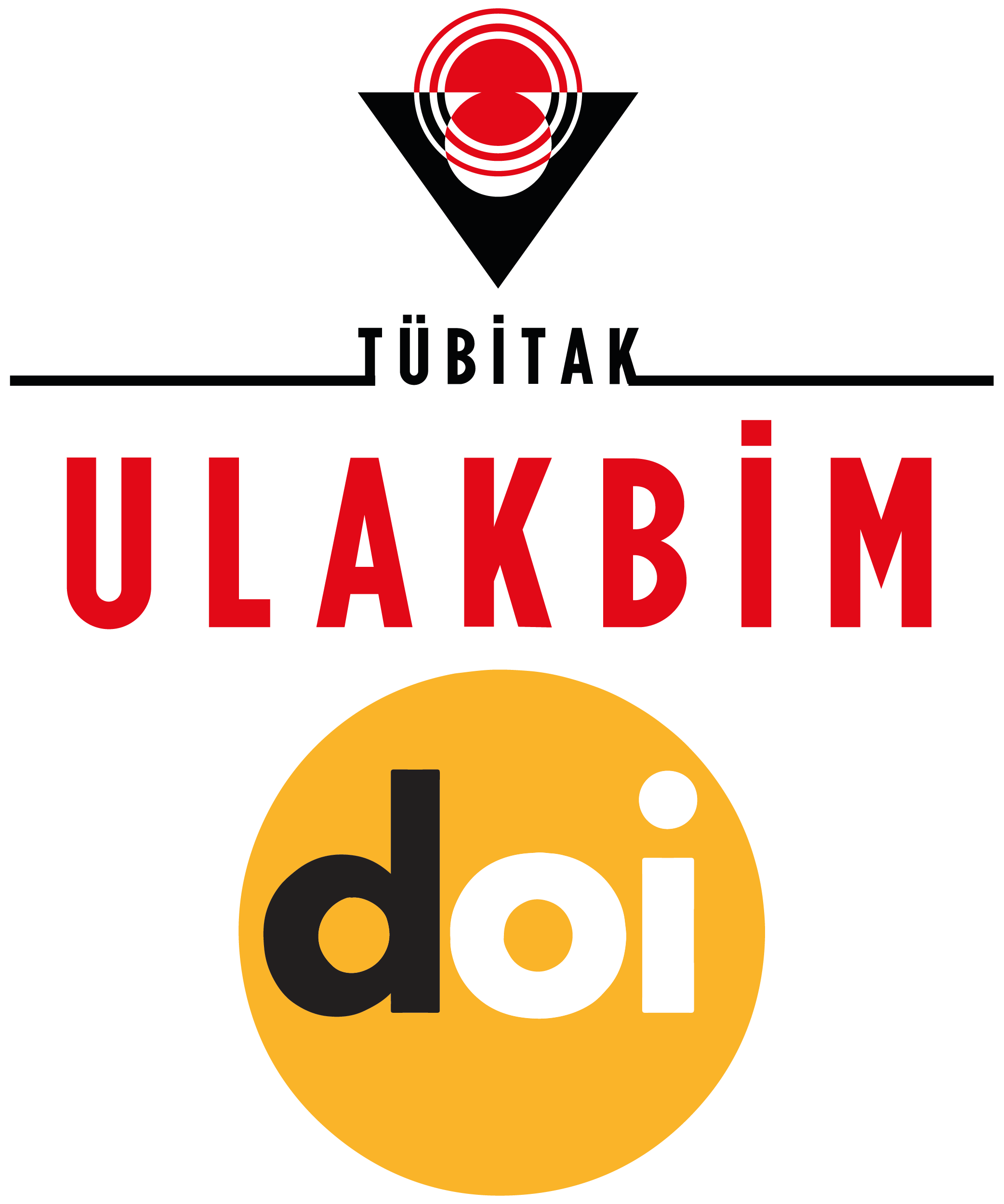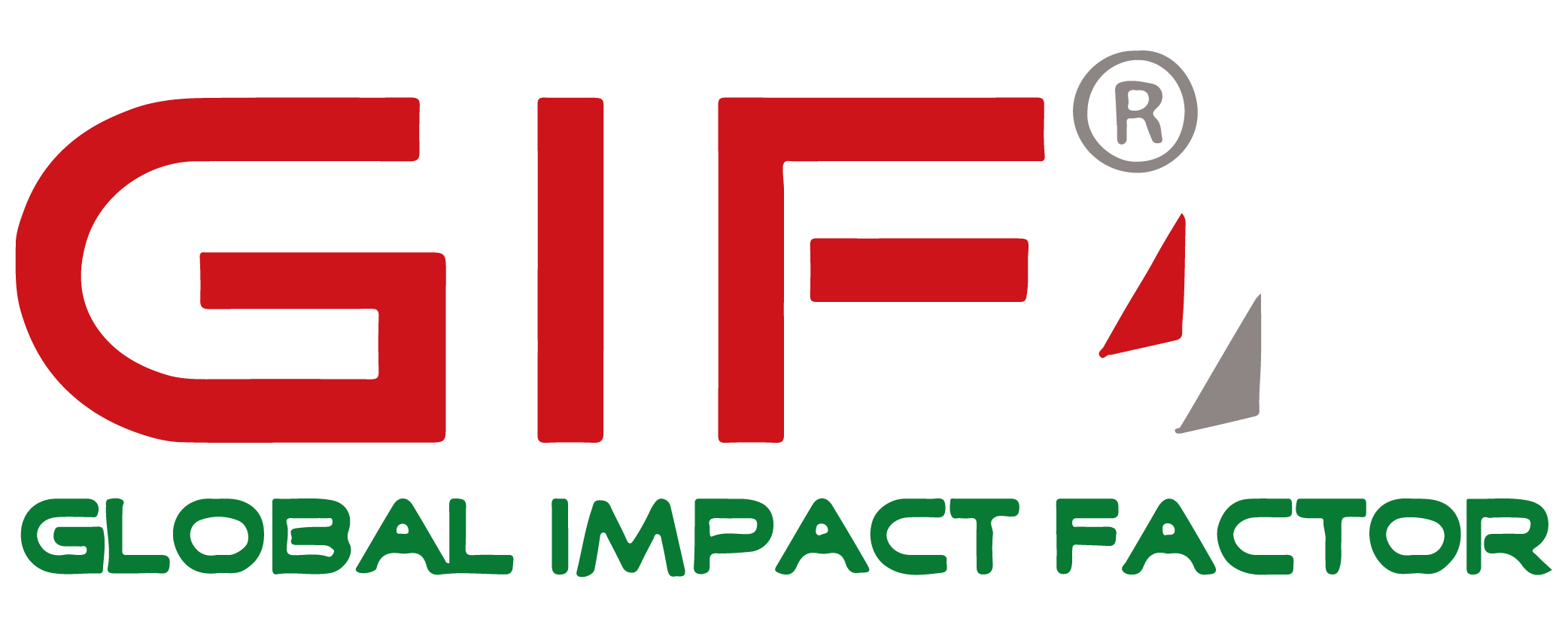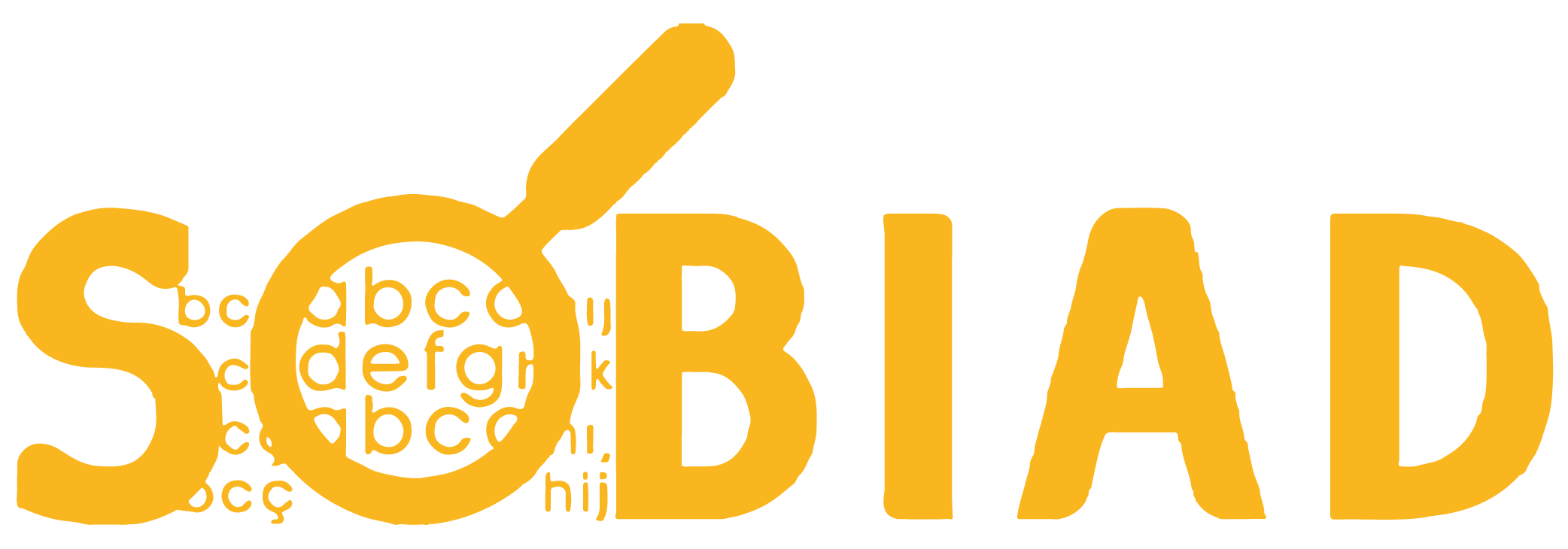The Analysis of Professional Identity Development of Tourism Students: A Case Study in Izmir
DOI:
https://doi.org/10.21325/jotags.2021.899Keywords:
Cluster analysis, Intention to leave the department of tourism, Professional identity development, Professional identity status, Tourism studentsAbstract
The number of graduates who have studied tourism management but continued their career in other businesses rather than tourism is not unconsiderable. It is important to develop professional identities for associate and undergraduate students studying in the field of tourism to make them remain in the sector. Professional identity refers to one's awareness regarding their profession, as well as their identification with the professional groups and social class to which they belong (Mancini et al., 2015). At this point, determining the students' individual commitment to the tourism profession as well as their level of exploration and awareness during their education is critical to a positive career development. By this way, the rate of tourism students employed in the sector after graduation will increase. Meanwhile, the service quality and then customer satisfaction in tourism will be improved through the growing number of highly skilled educated employees. The research results will guide authorities in order to develop and revise policies for career development of prospective tourism employees. Data were collected from students (undergraduate and associate degree) registered in one of the governmental universities in Izmir using a structured questionnaire. The results revealed that identity statuses had a significant difference on intention to leave department of tourism. Students in achieved and foreclosure statuses are less likely to leave the their department.
References
Adams, K., Hean, S., Sturgis, P., & Clark, J. (2006). Investigating the factors influencing professional identity of first-year health and social care students. Learning in Health and Social Care, 5, 55–68.
Barbarà-i-Molinero, A., Cascón-Pereira, R., & Hernández-Lara, A.B. (2017). Professional identity development in higher education: influencing factors. International Journal of Educational Management, 31,2, 189-203.
Chen, T.P., Lee, K.Y., Kabre, P.M., & Hsieh, C.M. (2007). Impacts of Educational Agritourism on Students’ Future Career Intentions: Evidence from Agricultural Exchange Programs, Sustainabilit, 12:22.
Chen, X., Zhong, J., Luo, M., & Minghui, L. (2020). Academic Self-Efficacy, Social Support, and Professional Identity Among Preservice Special Education Teachers in China. Frontiers in Psychology, 11. 10.3389/fpsyg.2020.00374.
Costa, C., Breda, Z., Malek, A., & Durão, M. (2013). Employment Situation of Tourism Graduates Working In and Outside the Tourism Sector. GSTF Journal on Business Review, 3, 141-146. 10.5176/2010-4804_3.1.298.
Creed, P., Prideaux, L.A., & Patton, W. (2005) Antecedents and Consequences of Career Decisional States in Adolescence. Journal of Vocational Behavior, 67:3, 397-412.
Crocetti, E., Rubini, M., & Luyckx, K. (2008a) Identity Formation in Early and Middle Adolescents From Various Ethnic Groups: From Three Dimensions to Five Statuses. Journal of Youth Adolescence, 37, 983–996. https://doi.org/10.1007/s10964-007-9222-2
Crocetti, E., Rubini, M., & Meeus, W. (2008b). Capturing the dynamics of identity formation in various ethnic groups: Development and validation of a three-dimensional model. Journal of Adolescence, 31:2, 207–222. https://doi.org/https://doi.org/10.1016/j.adolescence.2007.09.002
Crocetti, E., Rubini, M., Luyckx, K., & Meeus, W.H. (2008c). Identity formation in early Journal of Youth and Adolescence, 37:8, 983-996.
Eliot, M., & Turns, J. (2011). Constructing professional portfolios: Sense‐making and professional identity development for engineering undergraduates, Journal of Engineering Education, 100:4, 630-654.
Hair, J.F.J., Black, W.C., Babin, B.J., & Anderson, R.E.(2010). Multivariate data analysis (7th Edition), Prentice Hall
Hong, J.Y. (2010). Pre-service and beginning teachers' professional identity and its relation to dropping out of the profession. Teaching and Teacher Education, 26(8), 1530–1543.
Kostermans, A. (2019). The professional identity development of STEM-students; identity status and development phase: An exploratory study in higher vocational education in the Netherland (Master Thesis). University of Twente.
Krejcie, R.V., & Morgan, D.W. (1970). Determining sample size for research activities, Educational and Psychological Measurement, 30, 607-610.
Luyckx, K., Goossens, L., Soenens, B., Beyers, W., & Vansteenkiste, M. (2005). Identity Statuses Based on 4 Rather Than 2 Identity Dimensions: Extending and Refining Marcia’s Paradigm. Journal of Youth and Adolescence, 34:6, 605–618. https://doi.org/10.1007/s10964-005-8949-x
Luyckx, K., Duriez, B., Klimstra, T. A., & De Witte, H. (2010). Identity statuses in young adult employees: Prospective relations with work engagement and burnout. Journal of Vocational Behavior, 77,3, 339–349. https://doi.org/https://doi.org/10.1016/j.jvb.2010.06.002
Mancini, T., Caricati, L., Panari, C., & Tonarelli, A. (2015). Personal and social aspects of professional identity: An extension of Marcia's identity status model applied to a sample of university students. Journal of Vocational Behavior, 89, 140-150.
Marhuenda, F., Martinez, I., & Navas, A. (2004). Conflicting vocational identities and careers in the sector of tourism. Career Development International, 9:3, 222-44.
Morsünbül, Ü., Crocetti, E., Cok, F., & Meeus, W. (2016). Identity statuses and psychosocial functioning in Turkish youth: A person-centered approach. Journal of Adolescence, 47, 145– 155. doi:10.1016/j.adolescence.2015.09.001
Nunkoo, R., Teeroovengadum, V., Ringle, C.M., & Sunnassee, V. (2020). Service quality and customer satisfaction: The moderating effects of hotel star rating, International Journal of Hospitality Management, 91. https://doi.org/10.1016/j.ijhm.2019.102414
Reid, A., Dahlgren, L.O., Petocz, P., & Dahlgren, M.A. (2008). Identity and engagement for professional formation, Studies in Higher Education, 33:6.
Rhodes, C. (2006). The impact of leadership and management on the construction of professional identity in school learning mentors. Educational Studies, 32(2), 157–169.
Sabancıogulları S., & Doğan S. (2012). Profesyonel kimlik gelişimi ve hemşirelik. Anadolu Hemşirelik ve Sağlık Bilimleri Dergisi, 15:4, 275-282.
Sutton, R.C., & Rubin, D.L. (2004). The GLOSSARI project: Initial findings from a system-wide research initiative on study abroad learning outcomes. The Interdisciplinary Journal of Study Abroad, 10, 65–82.
Tabachnick, B. G., & Fidell, L. S. (2013). Using multivariate statistics (6th ed.), Boston: Allyn and Bacon.
Trede, F., Macklin, R., & Bridges, D. (2012). Professional identity development: A review of the higher education literature. Studies in Higher Education, 37:3, 365-384.
Walmsley, A. (2004). Assessing staff turnover: A view from the English riviera. International Journal of Tourism Research, 6:4, 275-287.
Wang, Q., Li, Z., & Qi, B. (2011). Strategies with of the current situation of professional identification among contemporary college students. High Teaching Exploration, 2, 131-136. Retrieved from https://ir.lib.nchu.edu.tw/handle/11455/96567
Wang, C., Xu, J., Tingting C., Zhang, C., & Melo Li, Q. (2020). Effects of professional identity on turnover intention in China's hotel employees: The mediating role of employee engagement and job satisfaction. Journal of Hospitality and Tourism Management, 45, 10-22.
Wayne, S.J., Shore, L.M., & Liden, R.C. (1997). Perceived organizational support and leader-member exchange: A social exchange perspective. Academy of Management Journal, 40, 82-111.
Published
How to Cite
Issue
Section
License
Copyright (c) 2023 Journal of Tourism & Gastronomy Studies

This work is licensed under a Creative Commons Attribution-NonCommercial 4.0 International License.








